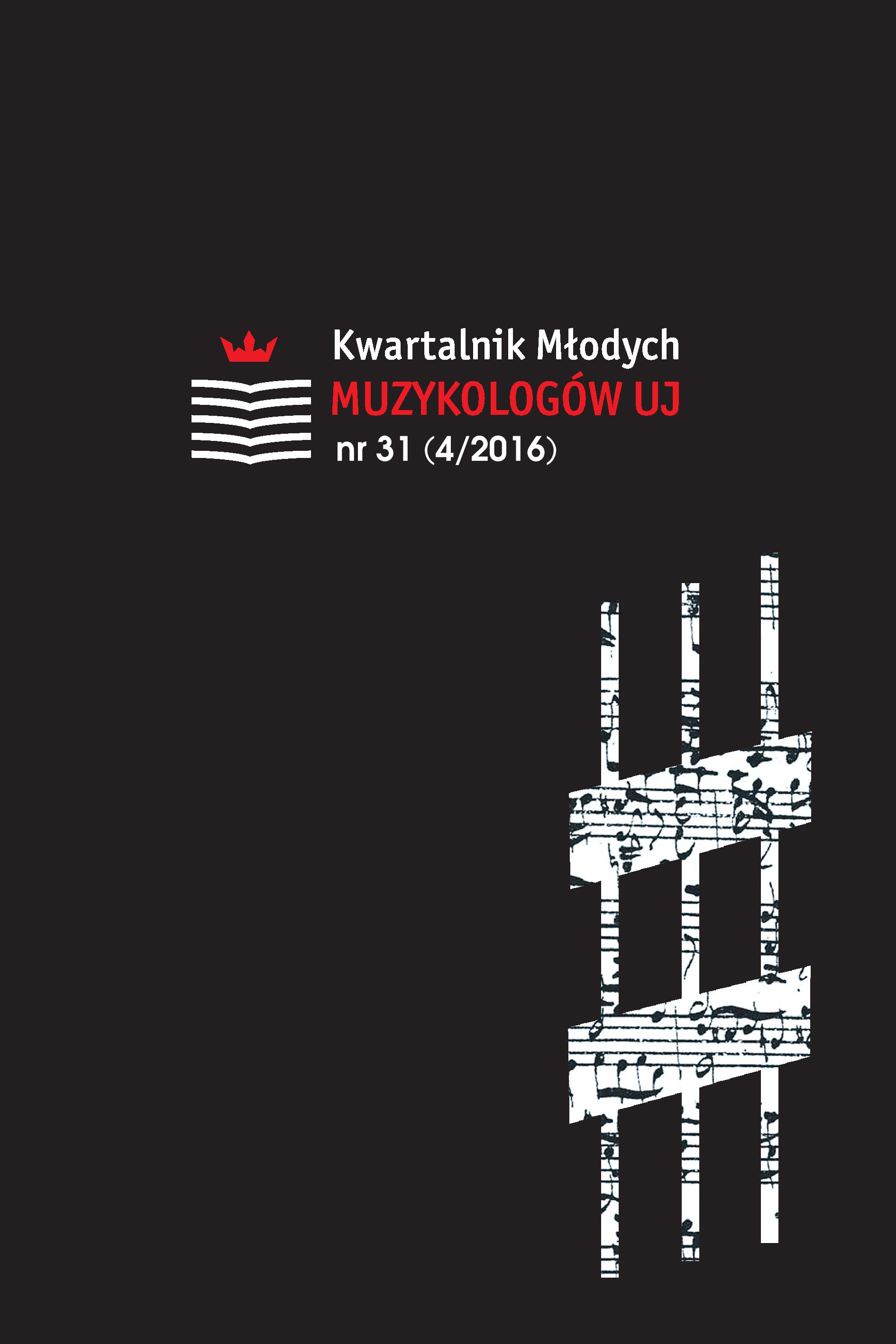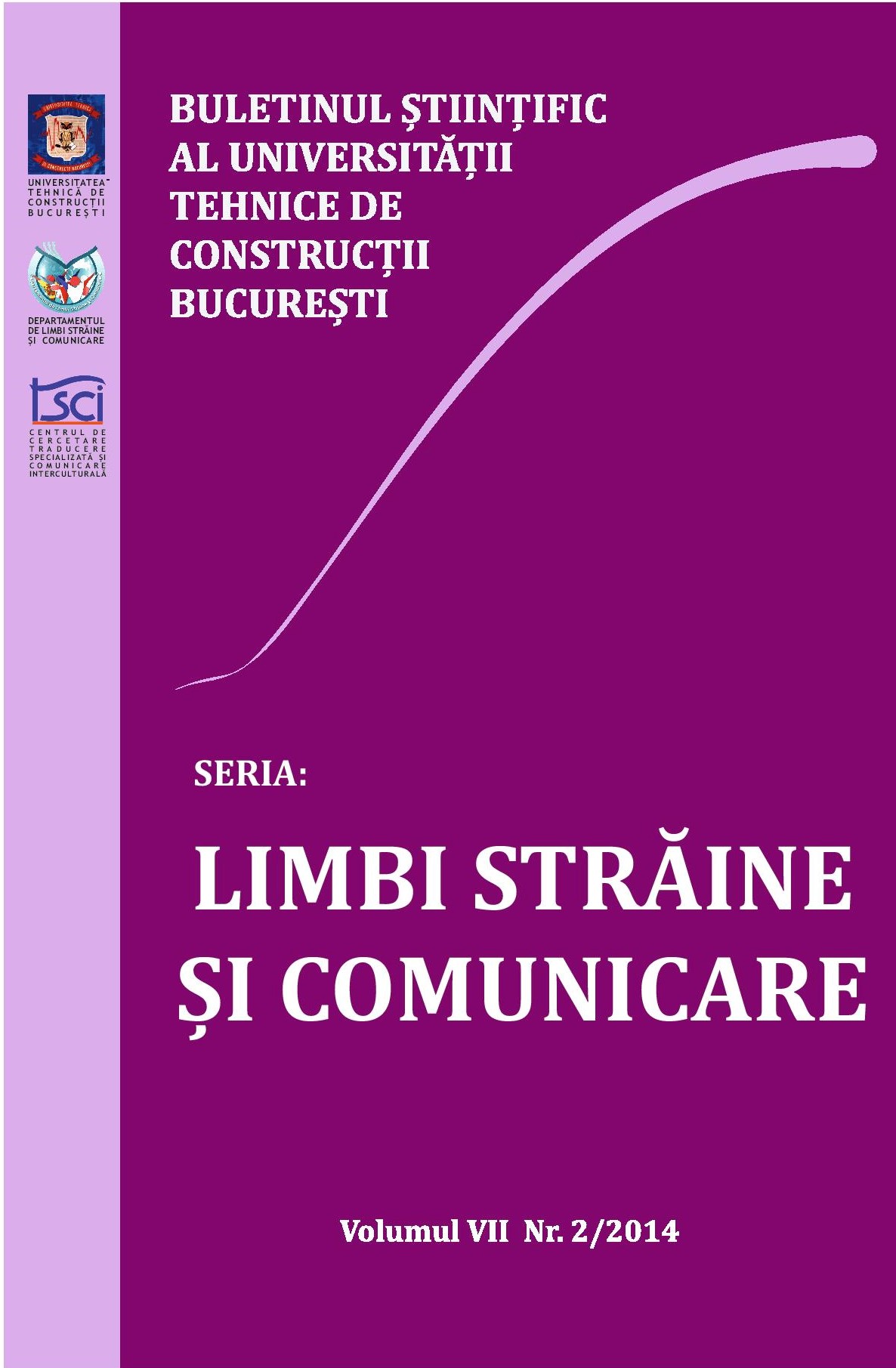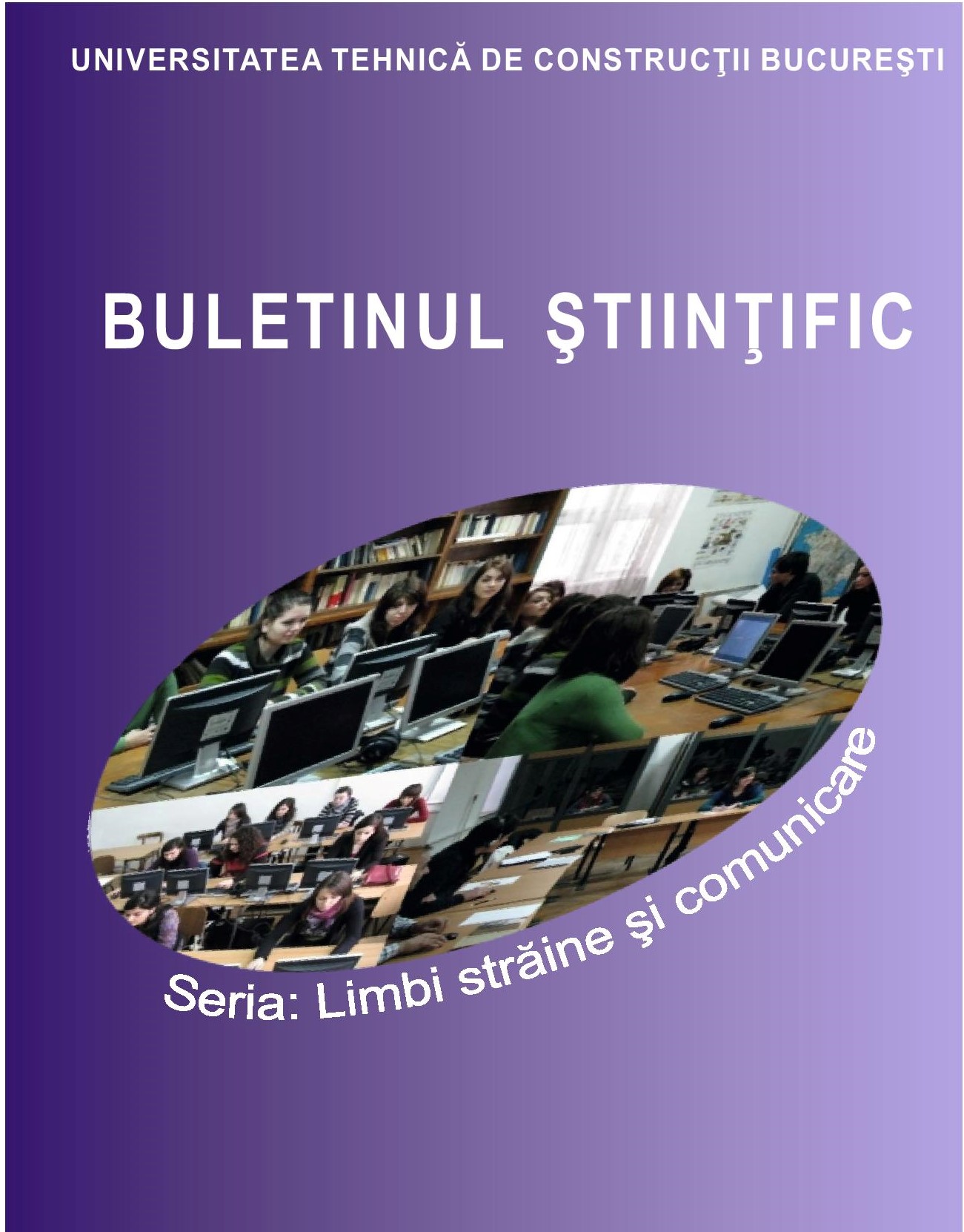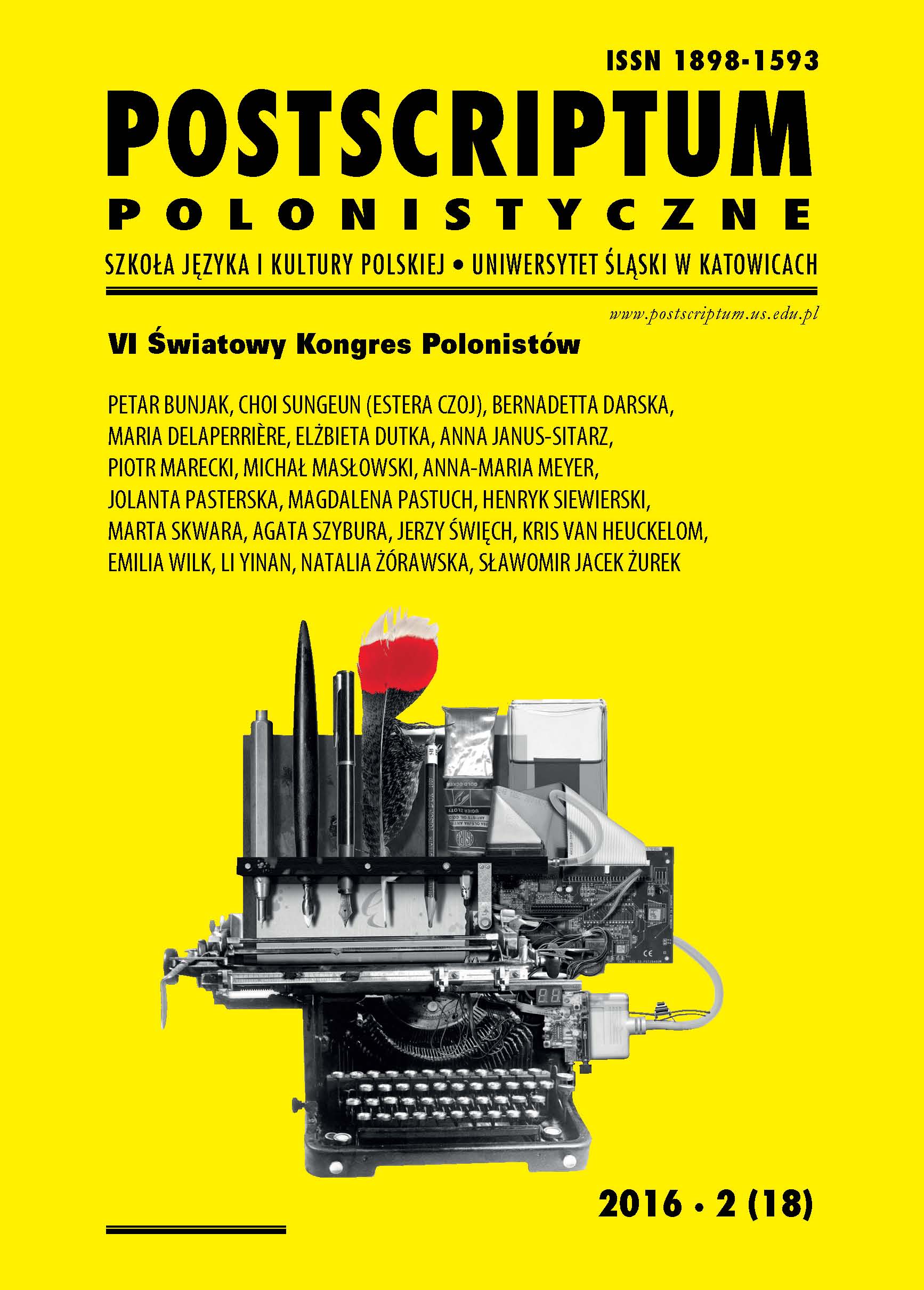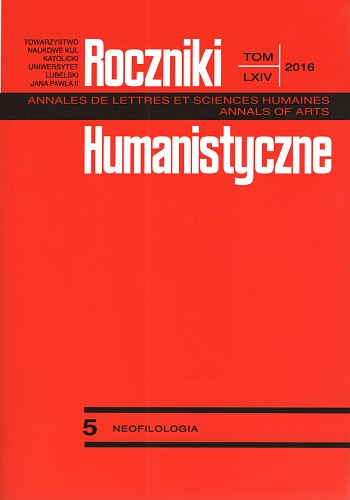
O współczesnym rozkwicie średniowiecza – renesans minionej epoki oraz jego wyraz w XXI-wiecznej niemieckiej kulturze popularnej
This article discusses an observable revival of the interest in the Middle Ages in Germany. This phenomenon—sometimes called medieval renaissance—manifests itself particularly in various areas of popular culture. To prove the thesis posed, the author analyses a handful of these areas, that is: exhibitions, historical reconstructions and imitations of medieval fortresses and settlements, social and computer games as well as reconstructed medieval fairs and chivalry contests. The article presents a survey of the past and present cultural events serving as evidence in favour of the main thesis. At the same time, the author asks about the reasons for this increased interest in the Middle Ages. Representative opinions of historians and other specialists, as well as fans of the Middle Ages seem to suggest one clear answer: the 21st-century man yearns for an alternative reality, dissimilar to the fast and noisy contemporaneity. The Middle Ages offer a shelter based on the strong foundations of the fixed medieval reality and the stable system of values.
More...
